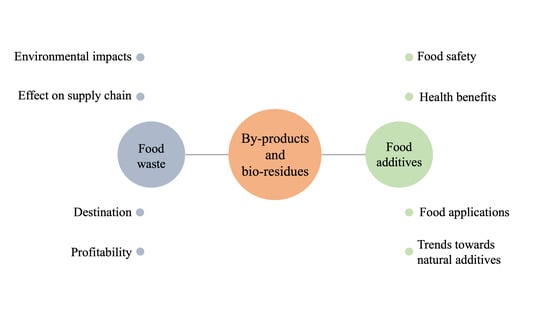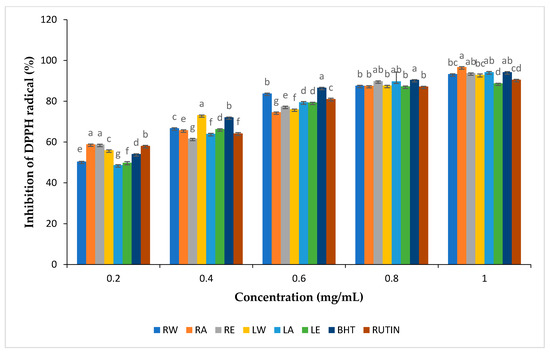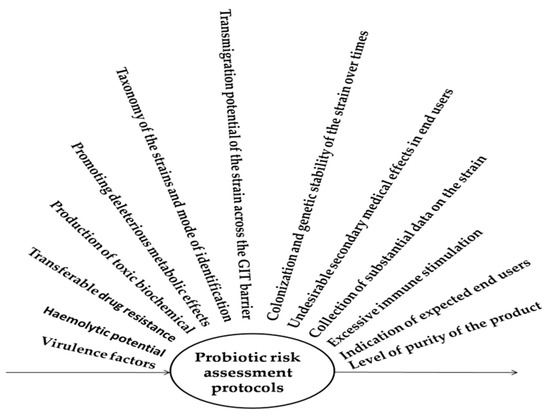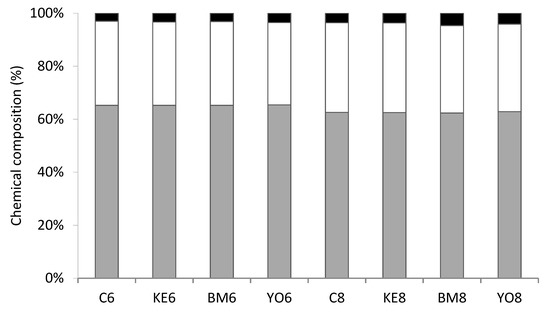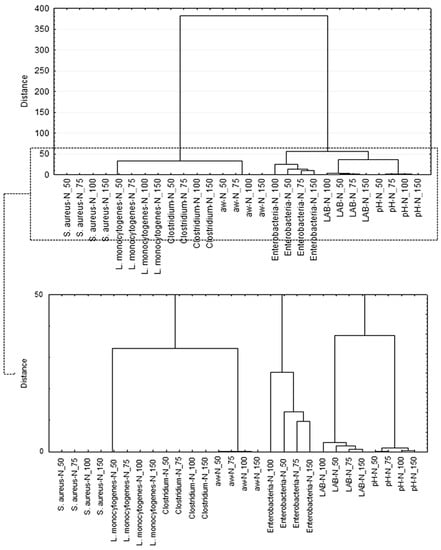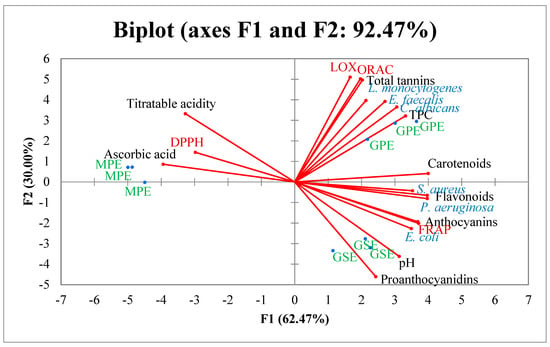Food Additives and Sustainability (Closed)
A topical collection in Sustainability (ISSN 2071-1050). This collection belongs to the section "Sustainable Food".
Viewed by 43069Editors
Interests: chemistry of natural products; nutraceuticals and functional foods; technology of natural products; engineering of protective food products with natural compounds
Special Issues, Collections and Topics in MDPI journals
Interests: food science and technology; natural food matrix; food additives; functional foods and ingredients
Special Issues, Collections and Topics in MDPI journals
Topical Collection Information
Dear Colleagues,
The advancement of science is essential to the food industry, and, likewise, this industry is pivotal to mankind, thus, sustainability in food science is the guarantee that food will be delivered worldwide in the finest conditions of hygiene and safety. Food additives play an essential role in this industry by conferring special traits to food, namely to preserve, colour, sweeten or carry out other technologic purposes. Today, the industry relies primarily on synthetic or artificial additives, and, in some cases natural molecules are allowed. These are either harvested from plants or mimicked from their natural counterparts. Inversely, consumer preferences tend to favor natural food additives, thus increasing their research, further pressurizing the industry and governing bodies to loosen legislation. Concomitantly, consumer awareness of pollution and environmental changes resulting from the food industry is increasing, to which the additive production industry contributes towards, either through the synthesis of toxic compounds, use of hazardous chemicals and solvents, treatment of resulting by-products and finally by use of non-renewable resources for their manufacture.
The transition to natural food additives has already started, namely with the introduction of rosemary extract as a preservative, but also the use of steviol glycosides as sweeteners and various natural pigments as colouring agents. This natural revolution has promoted the pursuit of new natural compounds and the increase of their production yields and stability. Still, this is only the dawn of natural food additives, and a long road lies ahead.
Accordingly, this Topical Collection will accept research involving:
- Sustainable production of crops, microorganisms and animals as raw material for food additive production
- Chemical characterization of natural food additives
- Sustainable/alternative processes of additive production
- Analytical methods of food additive determination
- Additive interaction with food matrices
- Bio-based/functional food ingredients
- Biochemical impacts of food additives in the human body
- Toxicology and pharmacokinetics of food additives
- Consumer studies
- Food additive policy and legislation
Dr. Márcio Carocho
Dr. Patricia Morales
Collection Editors
Manuscript Submission Information
Manuscripts should be submitted online at www.mdpi.com by registering and logging in to this website. Once you are registered, click here to go to the submission form. Manuscripts can be submitted until the deadline. All submissions that pass pre-check are peer-reviewed. Accepted papers will be published continuously in the journal (as soon as accepted) and will be listed together on the collection website. Research articles, review articles as well as short communications are invited. For planned papers, a title and short abstract (about 100 words) can be sent to the Editorial Office for announcement on this website.
Submitted manuscripts should not have been published previously, nor be under consideration for publication elsewhere (except conference proceedings papers). All manuscripts are thoroughly refereed through a single-blind peer-review process. A guide for authors and other relevant information for submission of manuscripts is available on the Instructions for Authors page. Sustainability is an international peer-reviewed open access semimonthly journal published by MDPI.
Please visit the Instructions for Authors page before submitting a manuscript. The Article Processing Charge (APC) for publication in this open access journal is 2400 CHF (Swiss Francs). Submitted papers should be well formatted and use good English. Authors may use MDPI's English editing service prior to publication or during author revisions.
Keywords
- natural food additives
- sustainable additives
- food chemistry and technology
- sustainable processes






